Table of Content
A 4.4-magnitude earthquake shook parts of Delhi-NCR on July 10, rattling residents across Delhi, Noida, Gurugram, and Ghaziabad. While no major damage was reported, the tremors have reignited concerns about the structural safety of high-rise residential buildings in this rapidly urbanizing region.
With high-rises becoming the norm across NCR, especially in areas like Noida Extension and Sector 65, it's more important than ever for homebuyers to ask the right questions. Builders often label projects as “earthquake-resistant,” but what does that really mean? And more importantly, is your future home truly equipped to handle tremors?
Let’s break down the essential tremor safety checks you should conduct before investing in a high-rise apartment.
What Does "Earthquake-Resistant" Really Mean?
The term “earthquake-resistant” is widely used in advertisements, but in most cases, it simply means that the building complies with basic seismic codes. It does not necessarily guarantee resilience during a major quake.
Many structures in Delhi-NCR are designed for Seismic Zone 4, which means they are built to withstand moderate to strong earthquakes. However, compliance alone is not a guarantee of performance. The quality of construction, soil conditions, and adherence to design standards all play a role in how well a building holds up during seismic events.
Also Read: Tier 2 Cities Ease EMI Burden with Affordable Housing, Unlike Costly Metro Markets
Essential Tremor Safety Checks for Homebuyers
Before you sign the dotted line on a high-rise apartment, here are the essential tremor safety checks that can help you make an informed decision:
1. Structural Design Documentation
Ask the developer for:
- Structural drawings and analysis reports.
- Certification from a licensed structural engineer.
- Seismic design parameters based on IS Codes such as IS 456, IS 1893, IS 16700, and IS 13920.
These documents prove whether the building is designed for seismic zones like Delhi-NCR and if it includes structural reinforcements like shear walls and dampers.
2. Soil Test Report
A building is only as strong as the land it’s built on. Request the geotechnical soil report, which indicates whether the soil can handle the stress of a high-rise structure and seismic activity.
3. Who is the Structural Engineer?
Make sure the project’s structural engineer or firm is credible and experienced in designing high-rise buildings for seismic zones. Don’t hesitate to research their past projects.
4. Independent Structural Audit
If you're buying a resale property or want additional assurance, hire a structural engineer to conduct an audit. This can cost ₹25,000 for an individual flat or more for a group inspection but provides invaluable peace of mind.
Key Indicators of Structural Quality
Even if technical documents aren’t easily accessible, you can still observe certain features:
- Windows that whistle or shake during high winds may signal poor construction quality.
- Loose floor tiles, wall cracks, or misaligned doors in upper floors might indicate stress due to structural sway.
- Check whether open balconies are reinforced and if furniture on higher floors feels unstable during minor tremors or wind gusts.
Long-Term Structural Health: A Forgotten Factor
Most concrete buildings in India are expected to last 50–60 years. But in practice, wear and tear can start as early as 15–25 years, especially if quality materials were not used.
Structural consultants suggest that group housing projects undergo mandatory safety audits every 10 years post-completion, and every five years thereafter. While this isn't yet a RERA mandate, it’s something residents and RWAs should push for.
What RERA and Authorities Should Do
Homebuyers often assume the builder or RERA will handle safety checks, but that’s not always the case. The current RERA framework lacks mandatory post-construction structural reviews. A revised policy should require:
- Periodic structural audits
- Public access to soil and design reports
- Clear responsibility for compliance and documentation
Also Read: Coimbatore Leads as Tier 2 Cities Drive Record Land Deals in H1 2025
Conclusion: Safety Is Non-Negotiable
As Delhi-NCR continues to expand vertically, structural safety must become a primary concern not just a checkbox in brochures. Earthquakes are unpredictable, but a well-informed homebuyer can reduce the risk significantly.
Before booking your next apartment, be sure to conduct these essential tremor safety checks. It’s not just about protecting your investment it’s about safeguarding your family.
Follow AquireAcers Whatsapp Channel to Stay Updated With The Latest Real Estate News

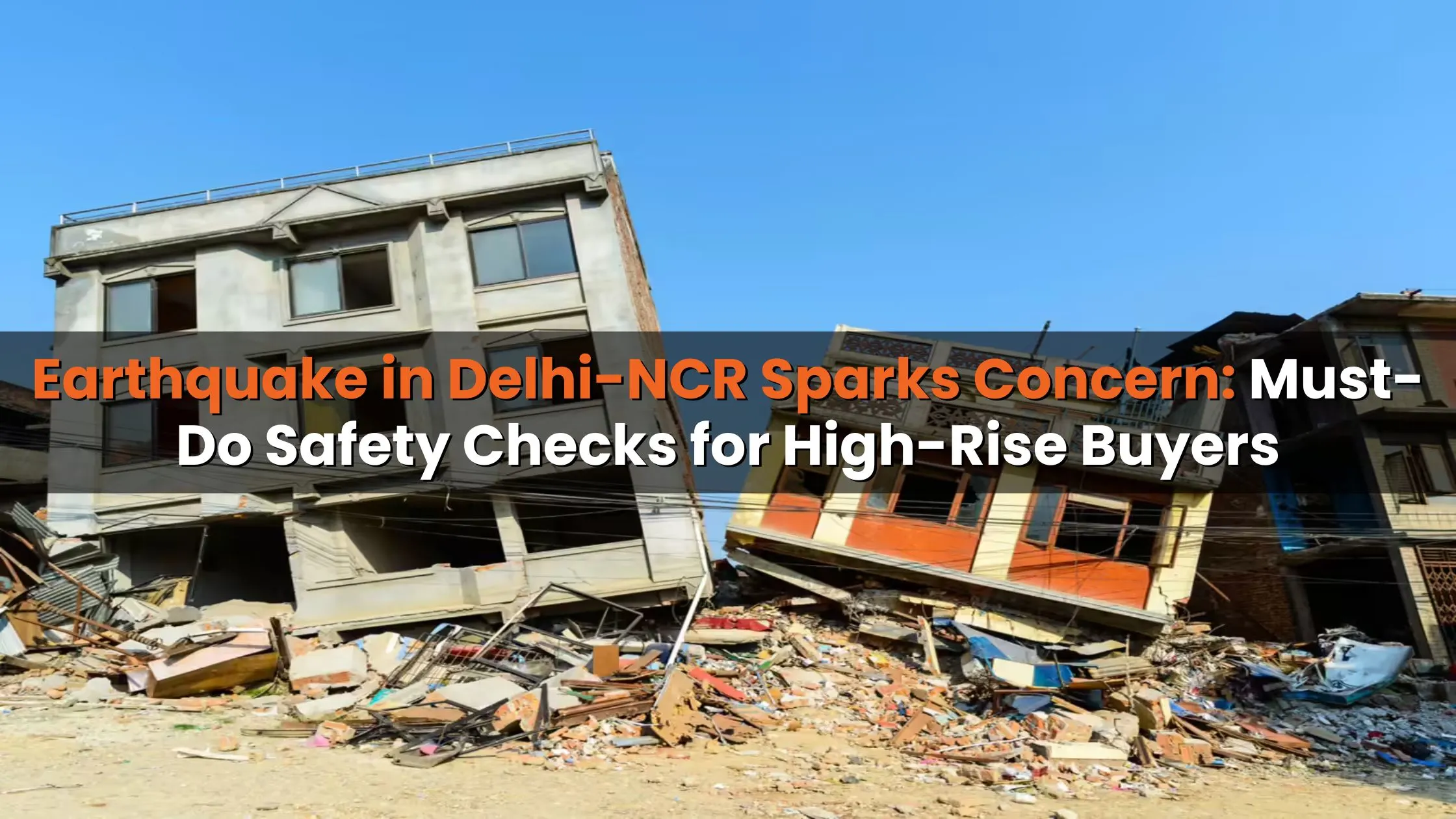
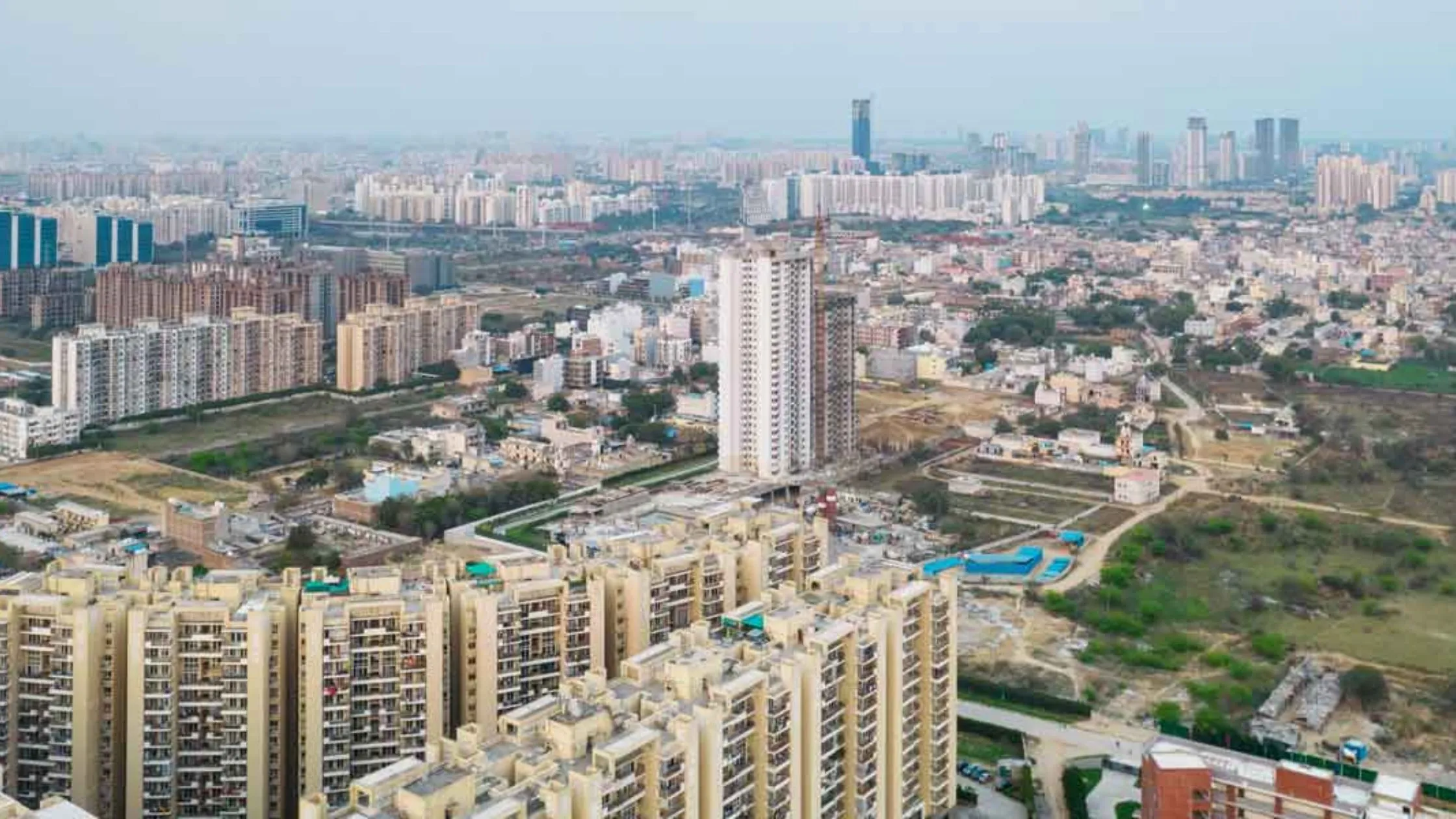
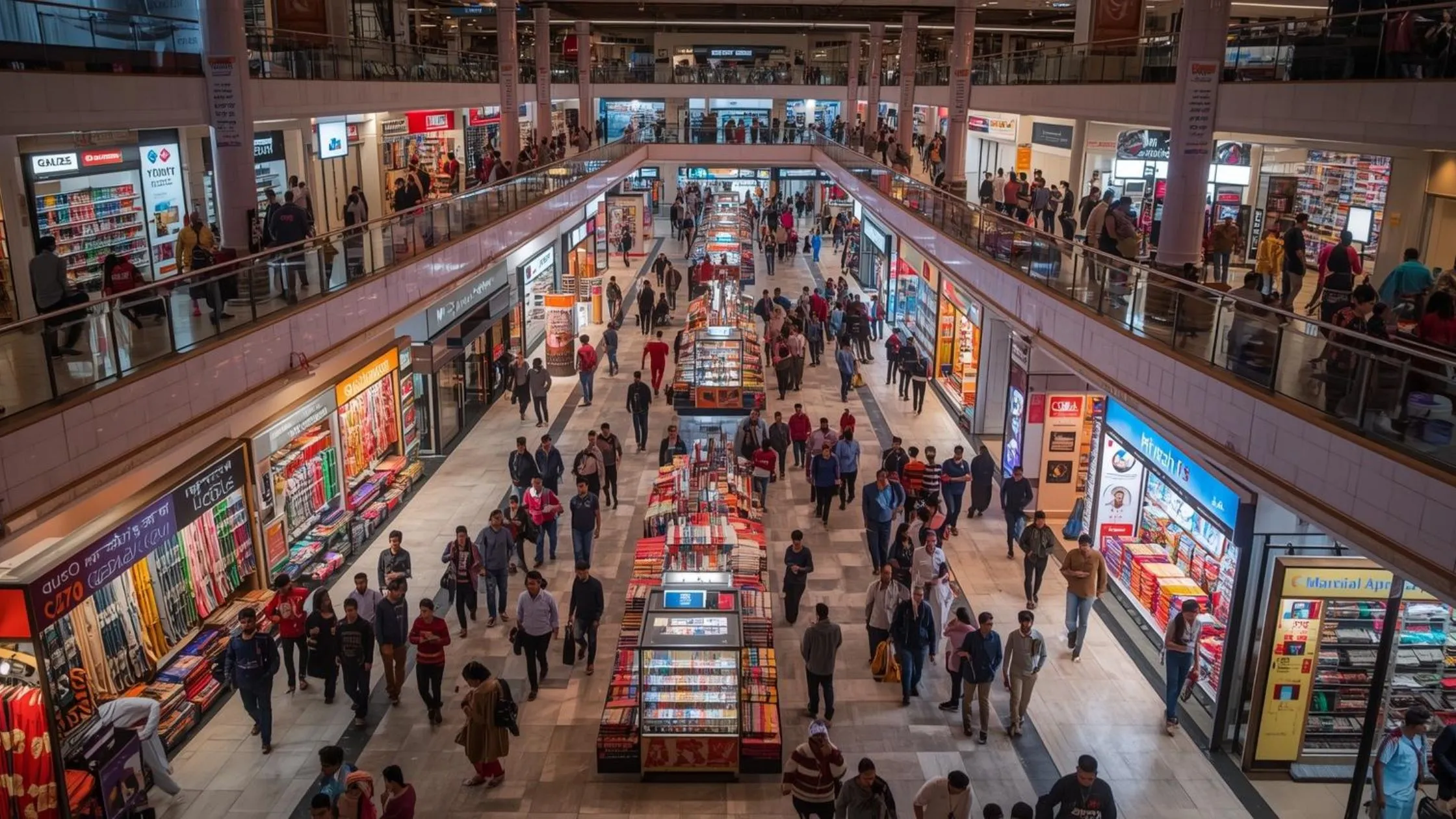
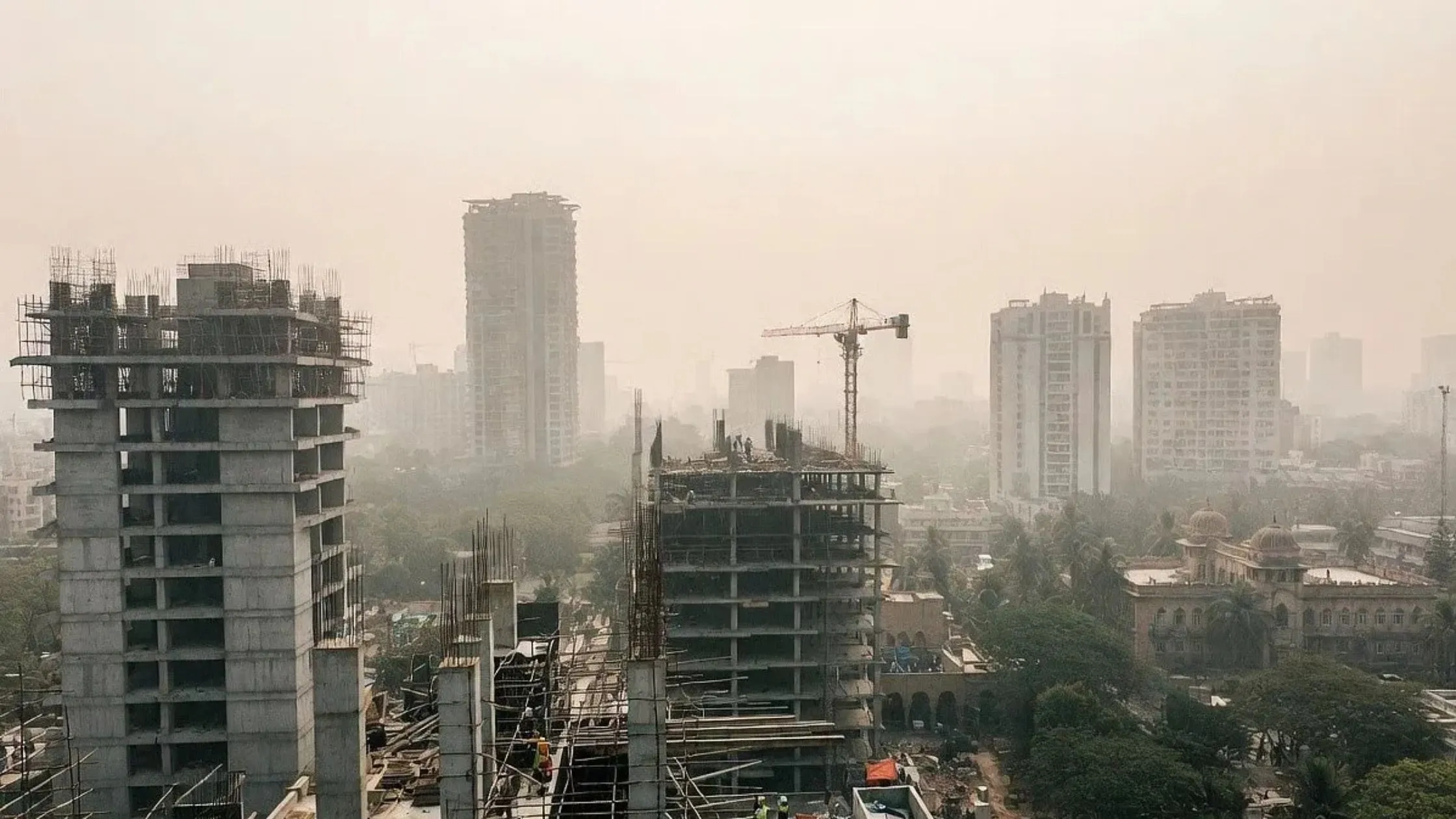
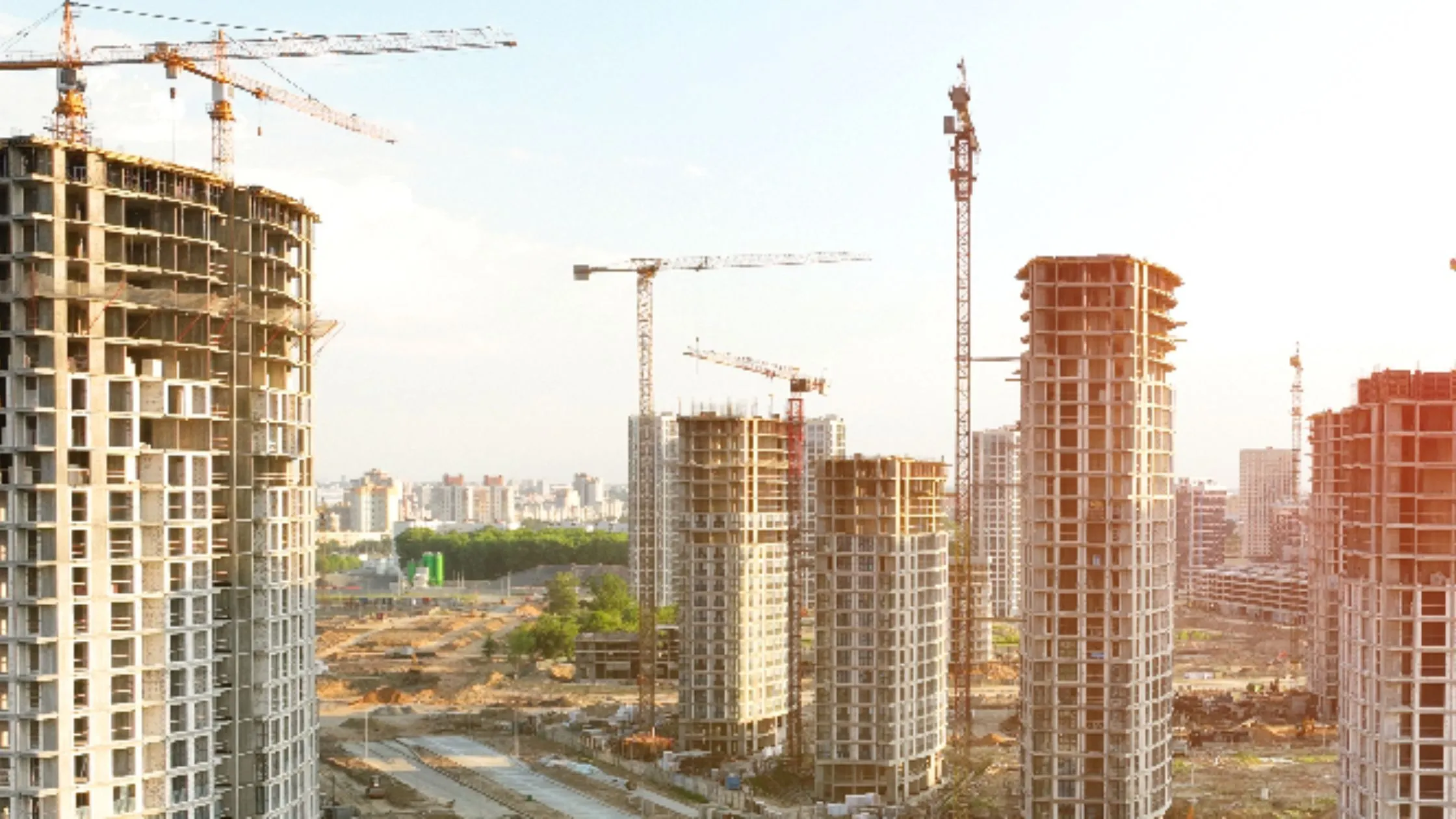


Ans 1. Yes. Delhi-NCR falls under Seismic Zone 4, which indicates a region prone to moderate to high earthquake activity. This makes structural safety a critical factor in real estate decisions.
Ans 2. The term usually implies that the building complies with basic seismic design codes, like IS 1893 and IS 456. However, it doesn’t guarantee actual resilience during a strong quake unless high-quality construction and supervision are involved.
Ans 3. Request the following: Structural design report and drawings Seismic compliance certificates as per IS Codes (456, 1893, 13920, 16700) Geotechnical soil test report Name and credentials of the structural engineer or firm involved
Ans 4. Yes. Hiring a structural engineer for an audit is highly recommended, especially for resale or under-construction units. It may cost ₹25,000–₹40,000 but can reveal critical safety concerns.
Ans 5. Wall cracks or misaligned doors Windows that shake or whistle in the wind Loose tiles or poor finish on upper floors Excessive sway or instability on balconies
Ans 6. No. Current RERA rules don’t mandate periodic structural audits, though experts recommend one every 10 years post-possession. RWAs and homebuyers can request these checks independently.
Ans 7. Yes. Many experts and housing forums advocate for mandatory, time-bound structural safety audits, especially in seismic zones like NCR. A revised RERA framework could improve long-term safety.
Ans 8. Absolutely. The soil’s bearing capacity determines how well a high-rise can handle stress during an earthquake. That’s why it’s important to ask for a geotechnical report before buying.
Ans 9. Not if proper design and materials are used. High-rises designed and maintained with seismic safety in mind can perform well. The key is due diligence before buying and regular upkeep afterward.